Safety distances of cylindrical reinforced concrete piers
4/1/2021 · As bridges are controlling factors in traffic systems, explosion-induced brid Safety distances of cylindrical reinforced concrete piers under vehicle explosion | Proceedings of the Institution of Civil Engineers - Structures and Buildings
Explosion - Perfect
An explosion is a rapid expansion in volume associated with an extremely vigorous outward release of energy, usually with the generation of high temperatures and release of high-pressure gases.Supersonic explosions created by high explosives are known as detonations and travel via shock waves.
LPG Car tank Explosion on Highway - YouTube
10/5/2014 · Please SUBSCRIBE to my channel - I REALLY appreciate it.***still thinking about LPG in your car?(LPG - Liquefied petroleum gas = Natural Gas)This video demon
Work Health and Safety (Spray Painting and Powder
The use of anti-static or conductive footwear is recommended for powder coating activities. It is recommended that anti-static footwear should have a resistance of: · not greater than 10 x 10 7 ohms, and · not less than 7.5 x 10 4 ohms. Leather-soled
Hazard Alert: Combustible Dust Explosions - Occupational Safety
pressure rise may cause an explosion. These five factors (oxygen, heat, fuel, dispersion, and confinement) are known as the “Dust Explosion Pentagon”. If one element of the pentagon is missing, an explosion cannot occur. Catastrophic Secondary Explosions
Lithium Ion Battery Fire and Explosion - International Association for Fire Safety
components and controlling their interaction is critical to safety. Fig. 1. Combustion triangle. The first component of the combustion triangle is fuel. There must be sufficient fuel present in the air to form an ignitable mixture. The fuel may be in the form of a gas,
Safety Guidelines and Good Industry Practices for Oil Terminals
These guidelines recognize that different safety standards exist worldwide and that different levels of safety exist with regard to cargo, the modes of transport and transport interfaces. This document focuses primarily on safety guidelines for OTs. Security
1910.109 - Explosives and blasting agents. | Occupational
Explosive - any chemical compound, mixture, or device, the primary or common purpose of which is to function by explosion, i.e., with substantially instantaneous release of gas and heat, unless such compound, mixture, or device is otherwise specifically classified by the U.S. Department of Transportation; see 49 CFR chapter I.
Lessons learned from LPG/LNG Accidents - Europa
transfer operations, probably due to tank overfill and overpressure in the line A plume of LPG concentrated at ground level for 10 minutes. The plume eventually grewPerfect enough to drift towards the facility's waste-gas flare pit. At 5:40 a.m., the cloud reached the
Safety - What is %LEL / %UEL and PID and PPM? - Lower
Lower and Upper Explosive Limits for Flammable Gases and Vapors. Before a fire or explosion can occur, three conditions must be met simultaneously. A fuel (ie. combustible gas) and oxygen (air) must exist in certain proportions, along with an ignition source, such as a spark or flame. The ratio of fuel and oxygen that is required varies with each
TANKER SAFETY GUIDE - UNIRI
In addition, terminal operators have their own safety procedures which could affect the cargo handling operations and procedures to be adopted in emergencies. It is necessary for the Master and all personnel to be aware of, and to comply with, these regulations
Blast Safety of the Building Envelope | WBDG - Whole
21/2/2017 · A secondary threat that is sometimes considered is a hand carried weapon placed directly against the exterior envelope. This weapon may be carried in a briefcase, backpack or hand truck depending on the level of security screening provided outside the building.
CSB investigations involving inadequate mechanical
Accident Description:On August 14, 2002, a chlorine transfer hose ruptured during a rail car unloading operation at the DPC Enterprises chlorine repackaging facility near Festus, Missouri. The CSB found that DPC lacked an effective testing and inspection program for its chlorine emergency shutdown system.
Avoid Explosion Risks & Hazards of Chemical Reactions in
A comprehensive safety study of the process will identify whether materials are sensitive to shock, friction, heat, etc., and may dictate special procedures for safe handling. The process could lead to uncontrolled heat or gas generation, resulting in an escape of flammable vapor, or an over-pressurization of the reactor leading to rupture and loss of contents, which may be flammable.
Prevention of Electrostatic Risks - Health and Safety

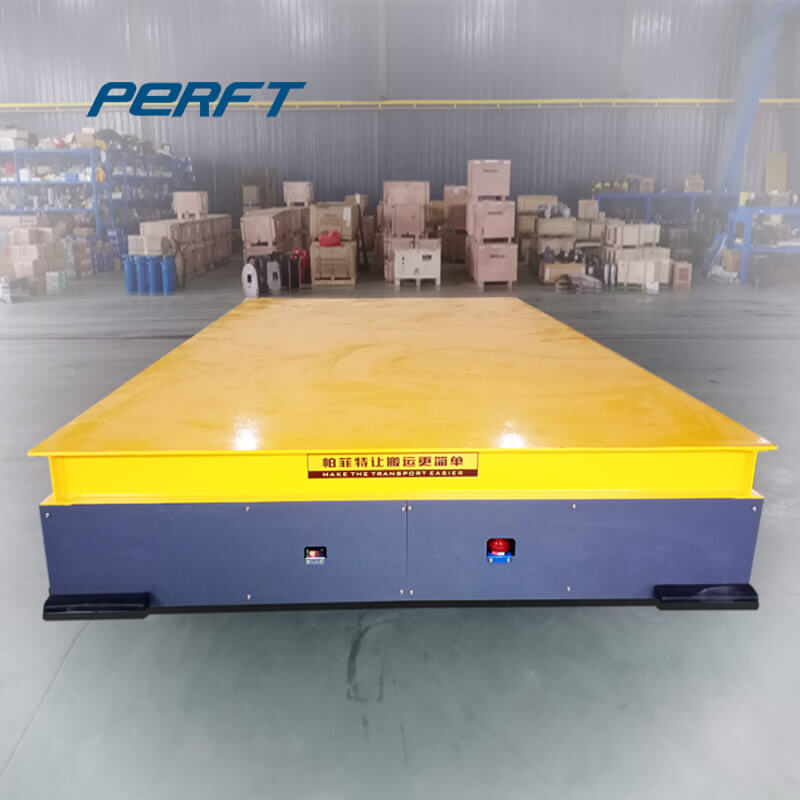
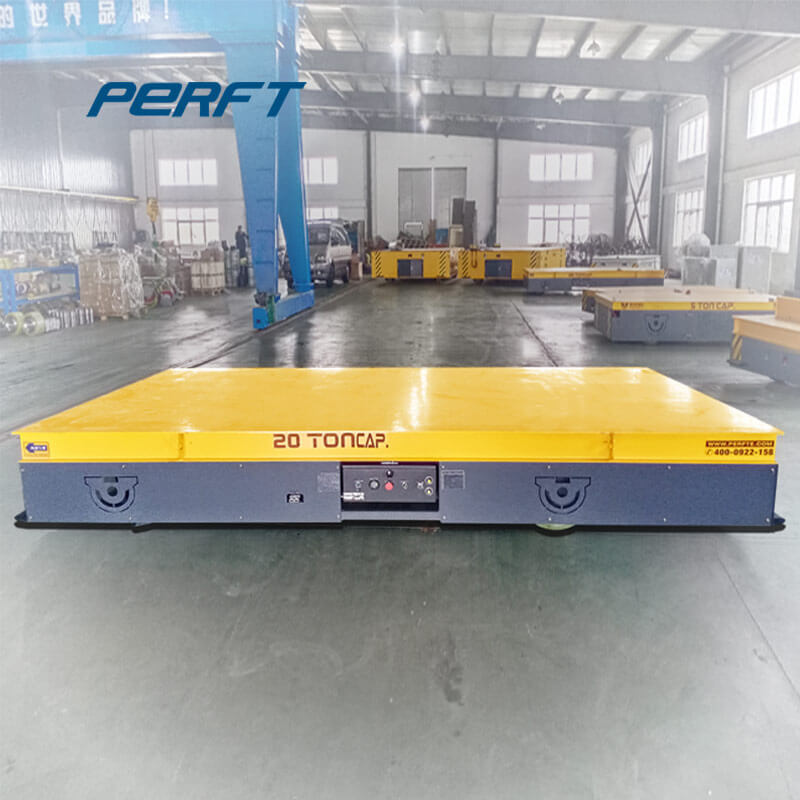
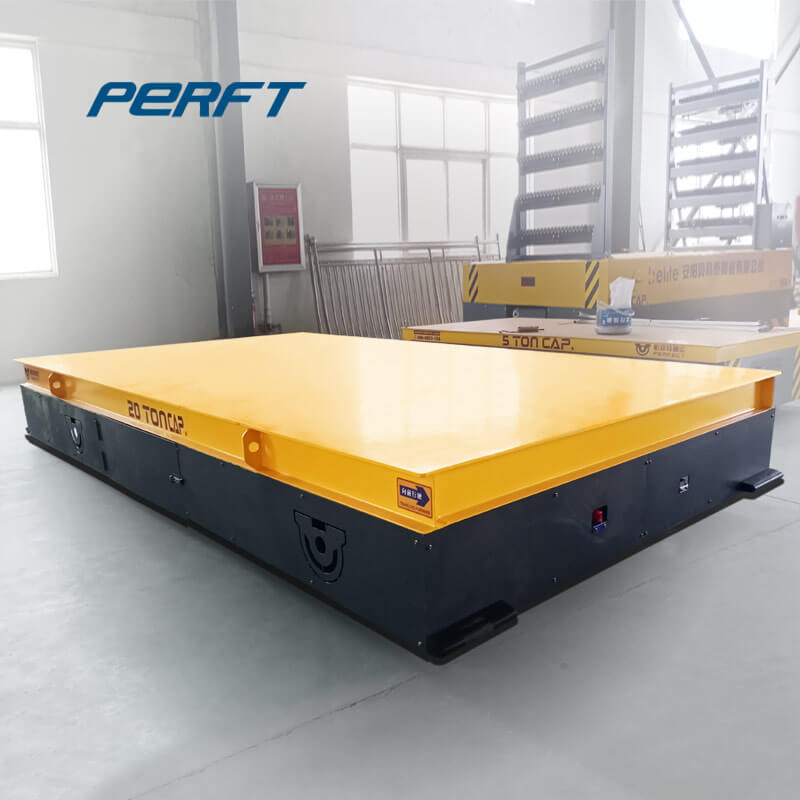
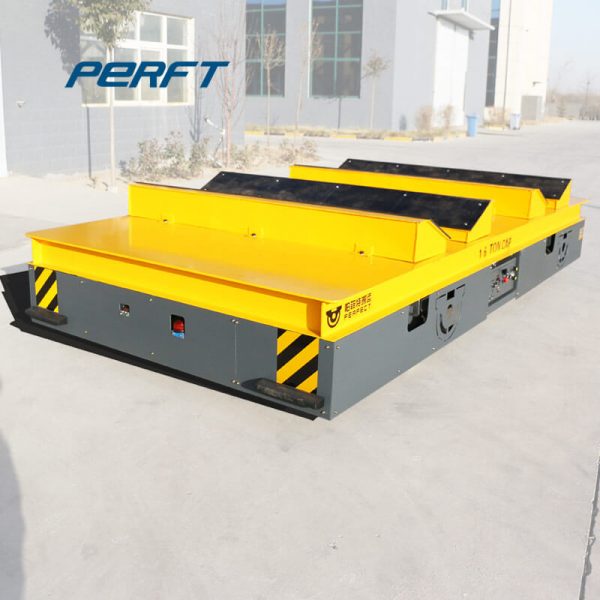
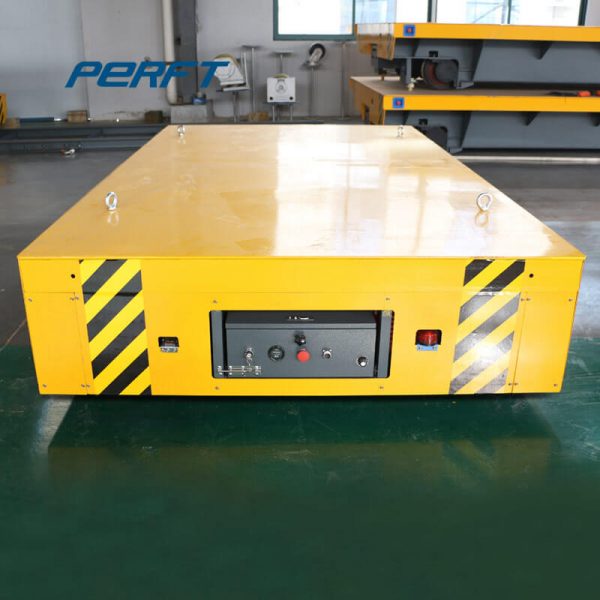
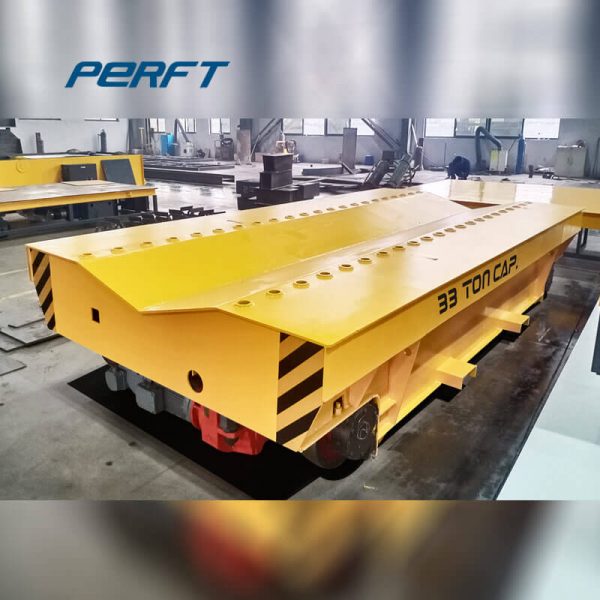
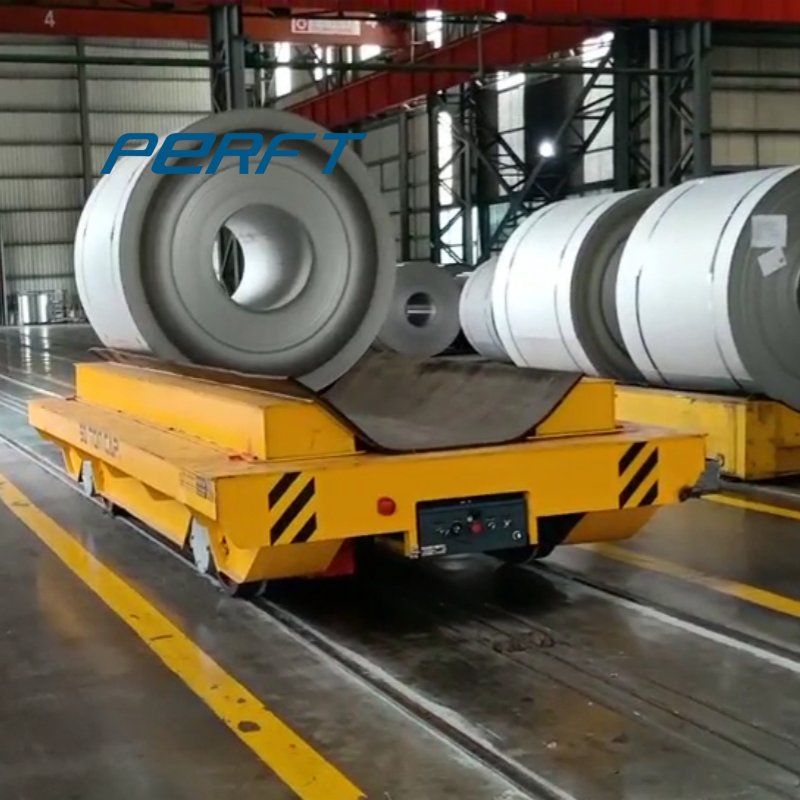
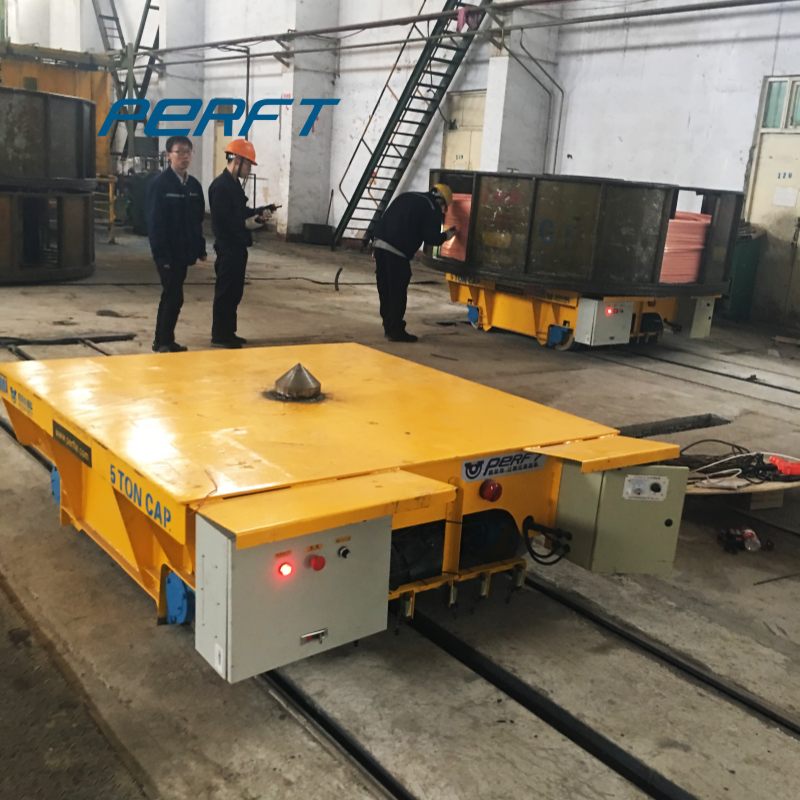
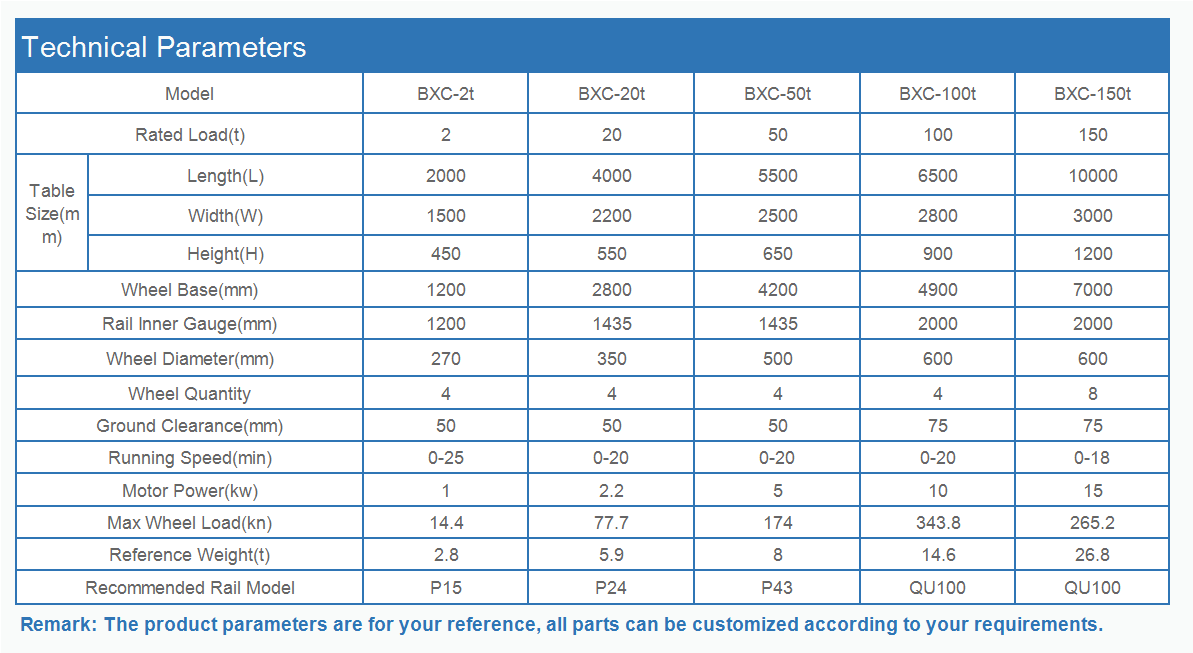
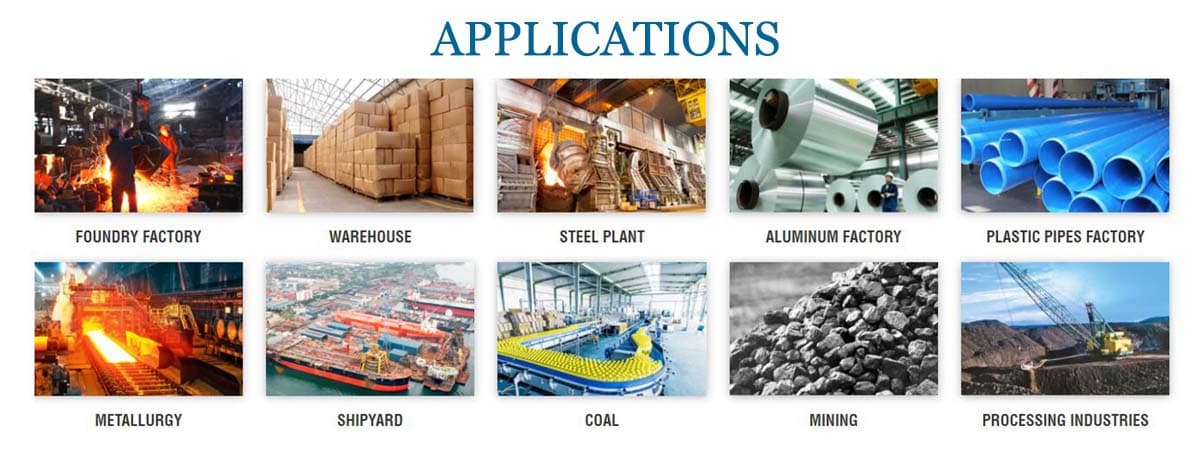
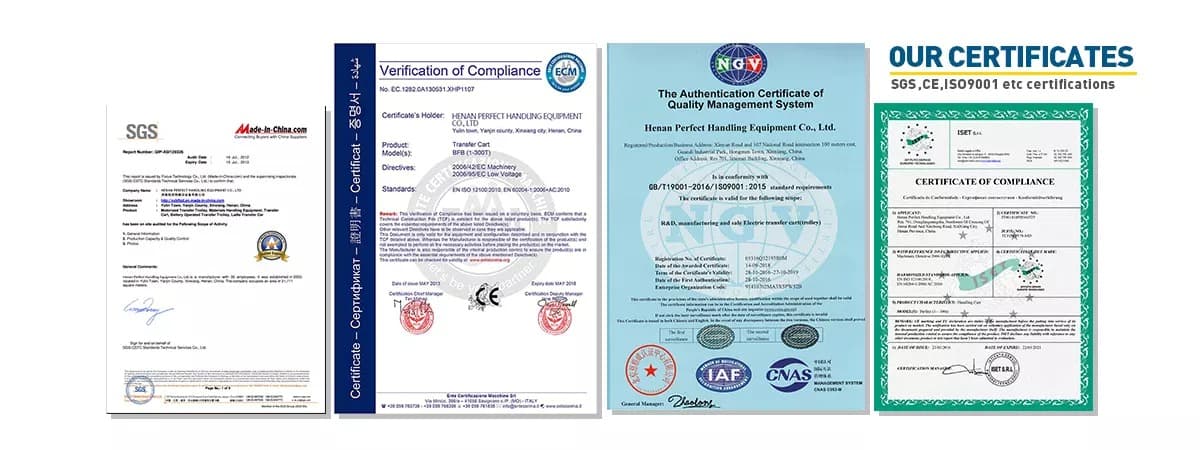

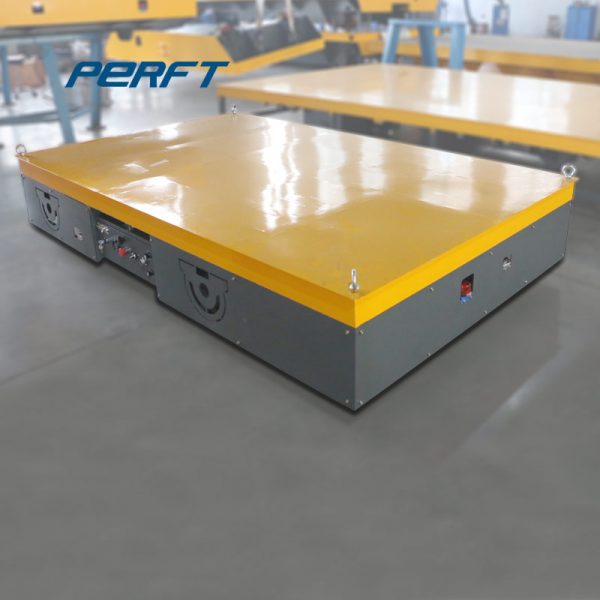
.jpg)
.jpg)
.jpg)
.jpg)
.jpg)
.jpg)
.jpg)
.jpg)
.jpg)
.jpg)
.jpg)
.jpg)
.jpg)
.jpg)
.jpg)
.jpg)
.jpg)
.jpg)
.jpg)
.jpg)
.jpg)
.jpg)
